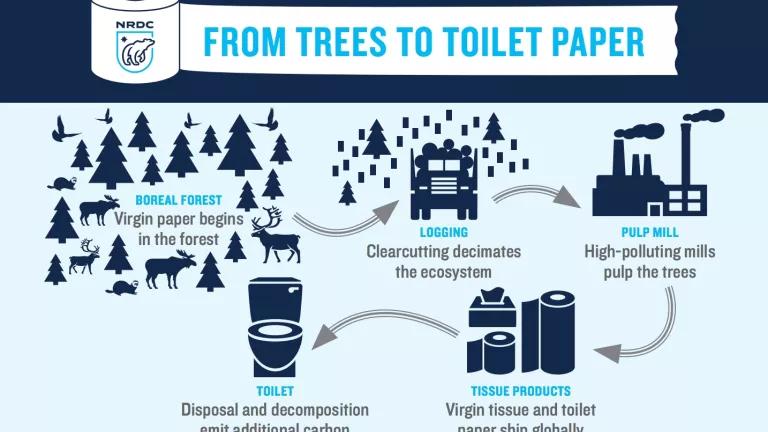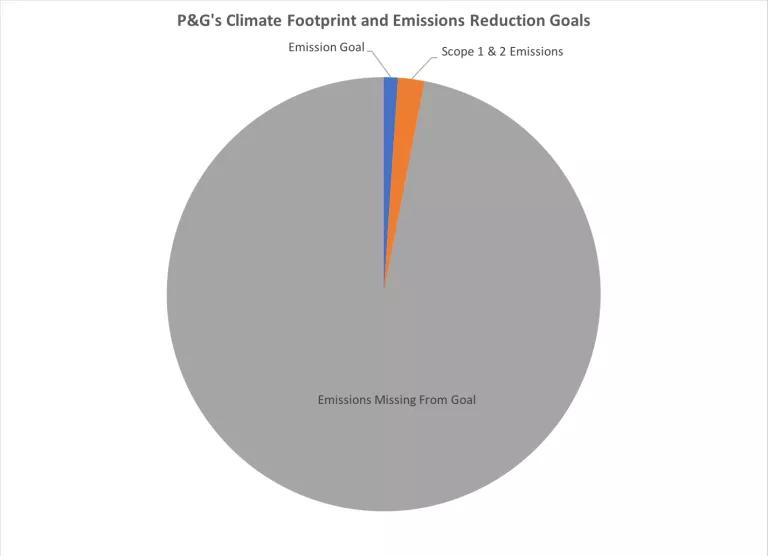Corporate Honesty and Climate Change: Time to Own Up and Act

As people around the globe have become increasingly exposed to the impacts of our climate crisis, the entities with perhaps the most power to stop the crisis—corporations—have begun to squirm. Corporations produce just about everything we buy, use, and throw away and play an outsized role in driving global climate change. A recently published report identified that 100 energy companies have been responsible for 71% of all industrial emissions since human-driven climate change was officially recognized. And it’s not just the energy sector. According to self-reported numbers, the top 15 U.S. food and beverage companies generate nearly 630 million metric tons of greenhouse gases every year. That makes this group of only 15 companies a bigger emitter than Australia, the world’s 15th largest annual source of greenhouse gases.
It’s important for us to understand these corporate contributions to climate change, but it’s even more important that major corporations drastically reduce their contributions as quickly as possible. Therein lies a serious tension. Many companies have set greenhouse gas reduction targets, but most of those targets fail to include the emissions associated with the entire life cycle of a given corporation’s products. This is important because when a company makes a product, that product requires raw materials that created their own emissions during harvest, extraction, refining, etc. (known as upstream emissions); and when a consumer uses that product, there are further emissions that come from the product’s use and eventual disposal (known as downstream emissions). Failing to account for or address these emissions means that the vast majority of greenhouse gases attributable to corporations and their products are falling outside of well-publicized corporate climate commitments.
American Tissue Companies: Glossing Over Their Major Emissions
Take Procter and Gamble (P&G) as an example. NRDC and Stand.earth recently published an in-depth look at the impact P&G and a number of its competitors in the tissue sector are having on the world’s remaining intact forests. The report found that use of virgin pulp in the production of their toilet paper, facial tissue, and paper towel brands is a major greenhouse gas source. In fact, with annual virgin pulp use at 1.5 million metric tons, P&G’s disposable paper, hygiene, and baby care products are estimated to generate 17.8 million metric tons of greenhouse gas emissions each year. [1] That’s a big number—equivalent to the annual emissions of 3.8 million passenger vehicles—but P&G’s greenhouse gas reduction goal applies to only a tiny percentage of these emissions. [2]
P&G’s climate commitment appears to be fairly progressive on paper: reduce annual emissions 50% by 2030. But the devil is in the details. P&G’s commitment only applies to what are known in the corporate greenhouse gas accounting world as Scope 1 and Scope 2 emissions. These are emissions generated by a corporation’s own facilities—factories, vehicles, power plants—and the emissions generated by third parties from whom the corporation buys energy. These emissions are easy for corporations to measure, and relatively easy for them to control. But they’re only a fraction of the true impact of P&G’s operations.
What happens if P&G were to include the emissions from the production of its raw materials and the use and disposal of its products (known as Scope 3 emissions in the corporate world) in its emissions reduction goals? Its baseline emissions number grows from 4.3 million metric tons to nearly 215 million metric tons. See the problem? P&G’s climate target only applies to 2% of the corporation’s estimated emissions and reducing this small sliver by 50% will only lead to an absolute reduction in the corporation’s climate footprint of 1%.

And this is only part of the story. P&G, like many other corporations, seems to be omitting substantial volumes of greenhouse gas emissions from its Scope 3 emissions estimates. For example, the company’s emissions accounting category of “Purchased goods and services” is where the emissions from harvesting huge volumes of virgin pulp sourced from trees used in its tissue products should appear. P&G’s total estimate of its Scope 3 emissions for the climate impact of the extraction and harvest of all the raw materials across all its "purchased goods and services" is nearly 8.6 million metric tons of greenhouse gases. That’s a big number, but when we looked at just the lifecycle emissions of the company's virgin pulp use for tissue, hygiene, and baby care products alone, we found that P&G generates 17.8 million metric tons of greenhouse gases annually [1]—a difference from P&G's calculations of 9.2 million metric tons.
How could these two estimates be so divergent? Giving P&G the benefit of the doubt, it is likely that some of the 9.2 million metric ton different is accounted for in the company’s production emissions (Scope 1 & 2), and in emissions associated with product use and disposal (Scope 3). Nonetheless, there appears to be a serious shortfall in the company’s calculations of Scope 3 emissions—especially since the “Purchased goods and services” segment encompasses whole other supply chains that have their own significant annual emissions (think plastics or the various manufactured chemicals in beauty and cleaning products).
And P&G is not alone, even within the tissue sector. Kimberly-Clark, one of P&G’s biggest competitors, appears to underestimate its Scope 3 emissions even more drastically. It uses substantially more virgin pulp in its numerous disposable products—2.4 million metric tons to P&G’s 1.5 million. This volume of virgin pulp would be expected to produce 28.5 million metric tons of greenhouse gases annually [3], despite Kimberly-Clark’s estimate that all of the company’s emissions—Scope 1-3—generate only 17.5 million metric tons of emissions.
What Would Real Environmental Leadership Look Like?
These companies, which purport to be global environmental leaders, have a lot of work to do to address their full climate impacts. Measuring and reporting emissions is a great first step. Ensuring the accuracy of this measurement and transparent reporting would be a good second one. But at the end of the day, any “science-based target,” as P&G likes to say, must be a target that applies to all of the emissions a corporation’s activities and products are creating—not just those emitted while a product is being made in a factory.
P&G’s 50% greenhouse gas reduction target is a worthy goal, but that target should be leading to real world annual reductions of at least 107 million metric tons of greenhouse gases, not 2 million, because of the necessary inclusion of Scope 3 emissions. An essential first step to reducing these monumental, unaccounted for emissions, as NRDC and Stand.earth argue in their new report, would be for P&G to increase the use of recycled pulp in their tissue products. Today, the company uses no recycled content in their household products, even though using recycled pulp emits three times fewer greenhouse gases. Increasing to even 50% recycled content in its tissue, hygiene, and baby care products could lower P&G’s annual emissions by 6.2 million metric tons [4], a significant chunk of the reductions the company should make to help the world avoid the worst impacts of climate change.
Government and individual actions are vital to addressing climate change, but corporations, with their outsized influence and power in today’s world, have an even larger role to play. They are able to drive policy change, shape consumer preferences, and rapidly respond to the necessities of climate change at a scale and pace beyond any other political or private entity. Meaningful corporate action is not only necessary as climate change accelerates by the day, it is a global obligation. As some of the entities most responsible for putting us in the crisis we’re in today, it’s time for companies to take full responsibility for their climate footprints.
Take Action: Tell P&G’s CEO, David Taylor, to move toward a more sustainable model and stop flushing away our forests!

Notes:
[1] Using Paper Calculator 4.0, this number was derived by inputting 1.5 million metric tons of virgin pulp for use in “Tissue” into the calculator. Calculator results are presented in pounds, which have been converted to metric tons here.
[2] P&G doesn’t provide exact numbers, but their charts suggest that somewhere around 1.5 million metric tons of greenhouse gases are generated during the productions of its tissue products, which are included in its “Baby, Feminine & Family Care” products segment. This represents 8% of the estimated lifecycle emissions generated by it tissue products.
[3] Using Paper Calculator 4.0, this number was derived by inputting 2.4 million metric tons of virgin pulp for use in “Tissue” into the calculator. Calculator results are presented in pounds, which have been converted to metric tons here.
[4] Using Paper Calculator 4.0, this number was derived by inputting 1.5 million metric tons of virgin pulp for use in “Tissue” and comparing this to 1.5 million metric tons of 50% recycled pulp into the calculator. Calculator results are presented in pounds, which have been converted to metric tons here.
